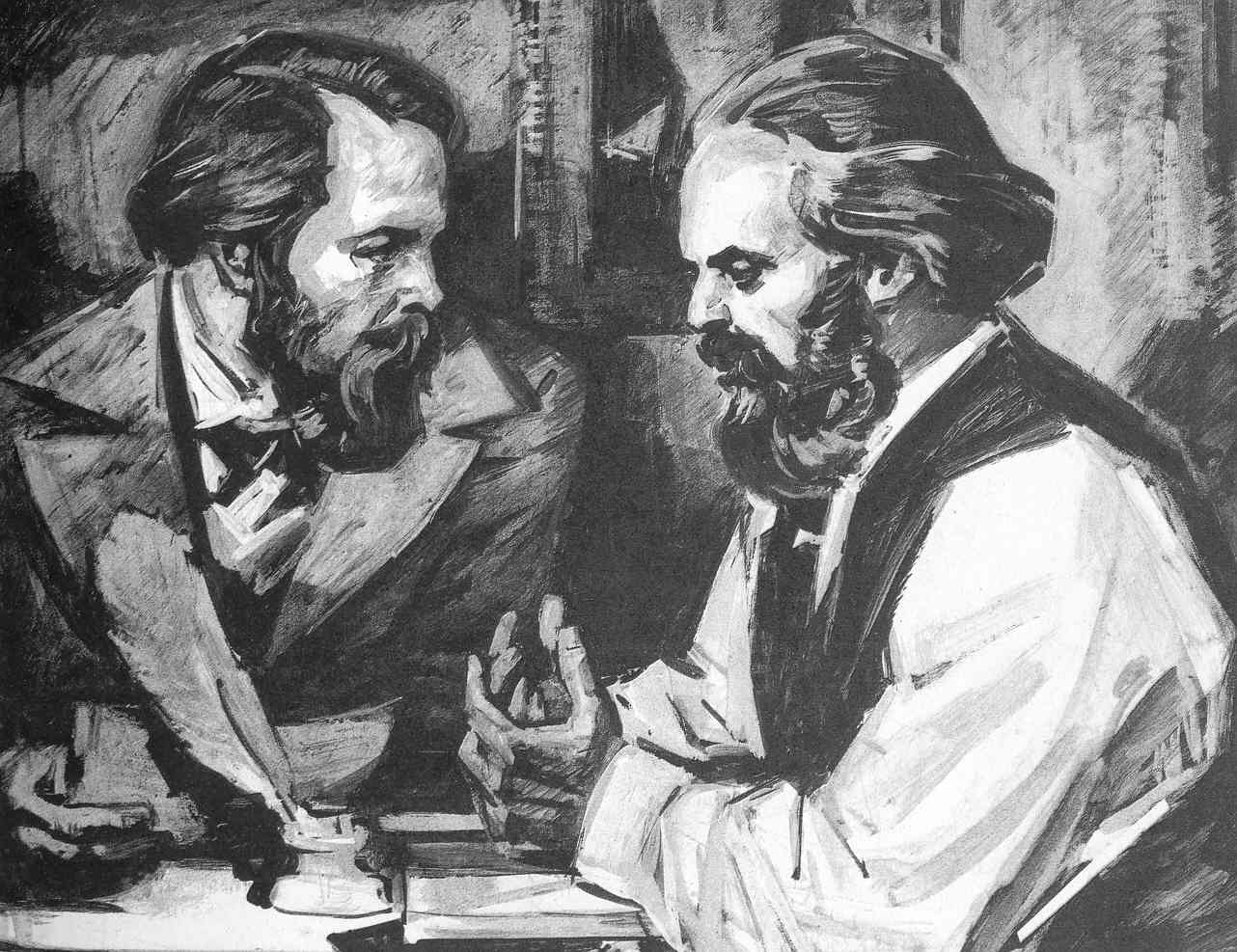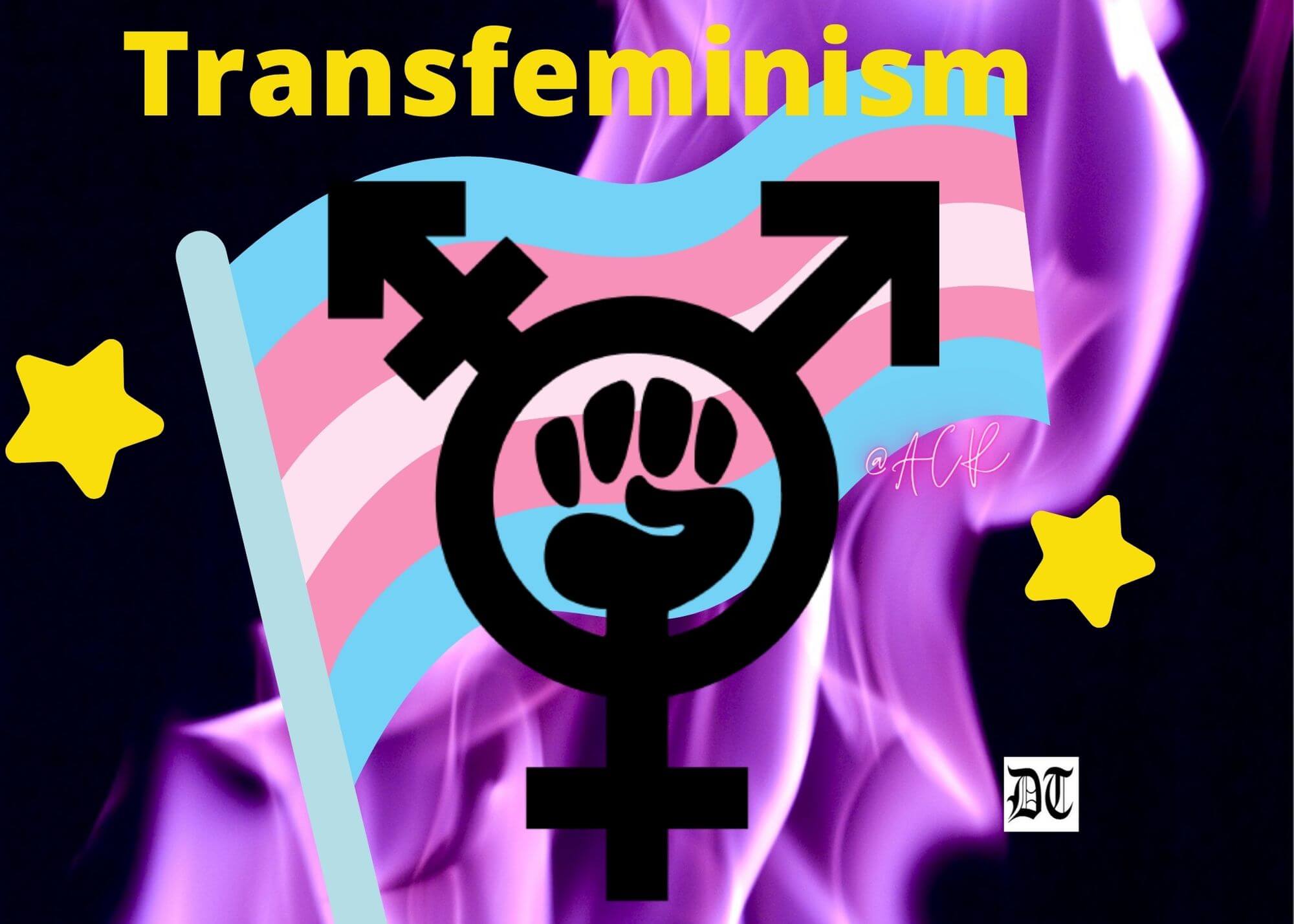Marxism is a revolutionary theory. Without it, protests against capitalist exploitation and oppression are limited to demands for reforms, to efforts to alleviate symptoms, without curing the disease. Here’s an analysis, for Different Truths.
The ideas of Marxism originated in the middle of the 19th century. It was then that two great social scientists, Karl Marx and Frederick Engels, first realised that capitalism was a continuation of previous class systems where wealth was accumulated in private hands from the unpaid labor of workers.
They showed that this necessarily causes a continual struggle between the classes of private property owners and workers. In the opening lines of The Communist Manifesto, they stressed what had been recognized by many previous writers—that these class struggles were the content of human history, but they also showed that the class struggle is history’s driving force. They showed that the inevitable outcome would be a revolutionary transition to socialism and, ultimately, the end of class society altogether.
Marx and Engels showed that the primary feature of every society is its system of economic production. On that basis, there can be great variety in the political, legal, cultural, religious, and ideological features of a society’s superstructure that work to maintain the economic base.
Take, for example, the United States and Saudi Arabia today and South Africa during apartheid. In South Africa, capitalism was maintained through a semi-fascist regime enforcing extreme racist laws. In Saudi Arabia, the superstructure comprises cultural, legal, and religious institutions left over from feudalism. The United States, meanwhile, has a bourgeois democratic superstructure that relies on racism, male supremacy, other forms of oppression, an economically and racially biased criminal justice system, and a police-military apparatus to maintain a modern capitalist system. But whatever the differences in their superstructures, all three societies have the same capitalist base that accumulates wealth from the unpaid labor of wage workers. The needs of that base are the main influence on those countries’ policies.
Marx and Engels further discovered that while human productivity continually rises and is at first fostered by each new form of class society, it eventually outgrows those forms and revolutionary change occurs that can only be finally ended with the end of class society itself.
For example, the feudal system in Europe allowed the forces of production to advance far beyond what was achieved during the slave systems of Greece and Rome, but it then became a barrier to their further development. This barrier was broken by the capitalist revolutions in the 17th through the 19th centuries.
We can see how this works in the United States today where private capitalist interests, such as the fossil fuel industry, and their conservative allies hold back the development of renewable energy, modern transportation systems, and medical science. Marxism embraces the fullest development of science and technology as key to advancing the productive forces, reducing unnecessary labor and improving the well-being of working people.
Marx and Engels hailed the great scientific discoveries of their day including evolution, thermodynamics, and the cell theory in biology as liberating people from centuries of superstition and supernaturalism. They sought to uncover the objective laws and processes underlying history and society. They showed that these objective laws and processes were more important than the subjective will, intentions, and desires of individual political leaders.
Marx and Engels insisted their ideas must not be seen as dogma, to be memorized or mechanically applied, but, rather, as a guide to action. Their ideas could only be validated and would have to be elaborated through continual testing, trial and error, and experimentation.
You cannot be a Marxist in theory alone. You can only be a Marxist if you are also in the thick of the battle for human liberation. Simply criticizing capitalism and showing it is the root of one problem or another does not make someone a Marxist.
As Marx once stated, “The philosophers have interpreted the world in various ways; the point, however, is to change it.” Human liberation can only be won by the struggle of the working people themselves. Marxism, scientific socialism, emerges from the combination of working-class struggle with revolutionary working class ideology.
Marxism is a revolutionary theory. Without it, protests against capitalist exploitation and oppression are limited to demands for reforms, to efforts to alleviate symptoms, without curing the disease.
From the time of its publication until the present day, the revolutionary principles set forth in the Communist Manifesto have faced endless attack from defenders of capitalism. The main challenge has taken the form of the many types of reformism, some claiming to be socialist. These efforts have sought to provide solutions to the oppression of working people without addressing the need to take political power and end private ownership of the means of production and private appropriation of the wealth created by labour.
In Critique of the Gotha Program, The Poverty of Philosophy, and in letters to other progressive thinkers, Marx and Engels argued against reformist attempts to subvert the revolutionary essence of scientific socialism. With their vast wealth and control over the mass media and other ideological institutions, the capitalists have extraordinary power to persuade and bribe sections of the working people into accepting continued class subjugation.
And, if these measures fail, their control over the government allows them to resort to every means of coercion, which they have not hesitated to deploy against strikes, demonstrations, and other forms of collective protest throughout history regardless of the degree of formal democracy. Examples include arrests, violence, and murders of union organizers and civil rights activists, shooting students at Kent and Jackson State Universities in 1970, mass deportations of Latino immigrants, and gunning down unarmed African Americans by racist police. Behind the facade of even, the most democratic institutions under capitalism lie what Marx and Engels called “the dictatorship of the bourgeoisie.”
Flowing from the revolutionary principles and outlook that Marx and Engels first set forth, progressive struggles and Marxist ideas for human liberation generally were greatly enriched and inspired by the subsequent development of the working class, democratic, revolutionary, and communist movements of the 20th century.
Rick Nagin
This is the abridged version of the writer’s piece in People’s World.
©IPA Service
Photo from the Internet







